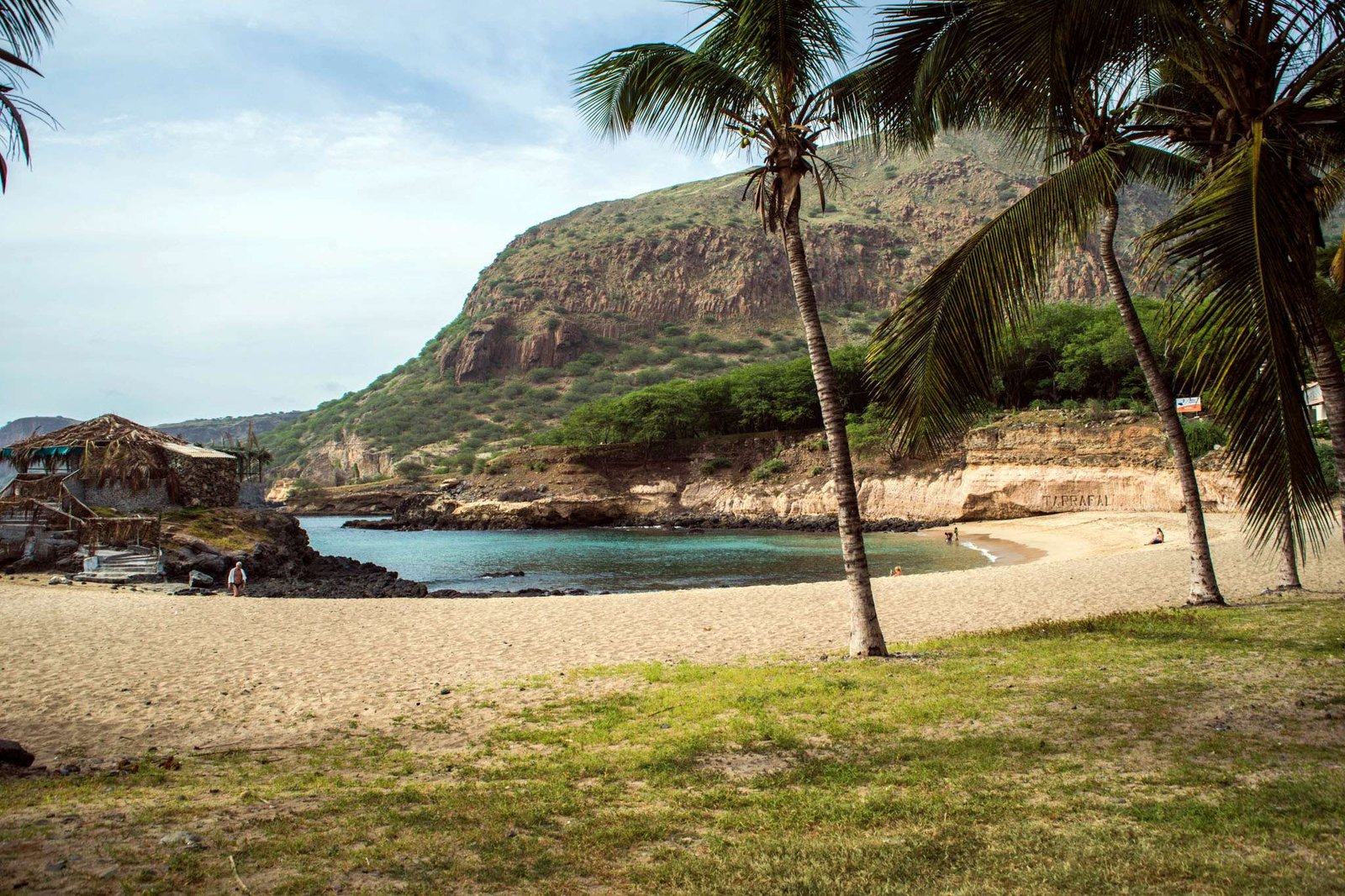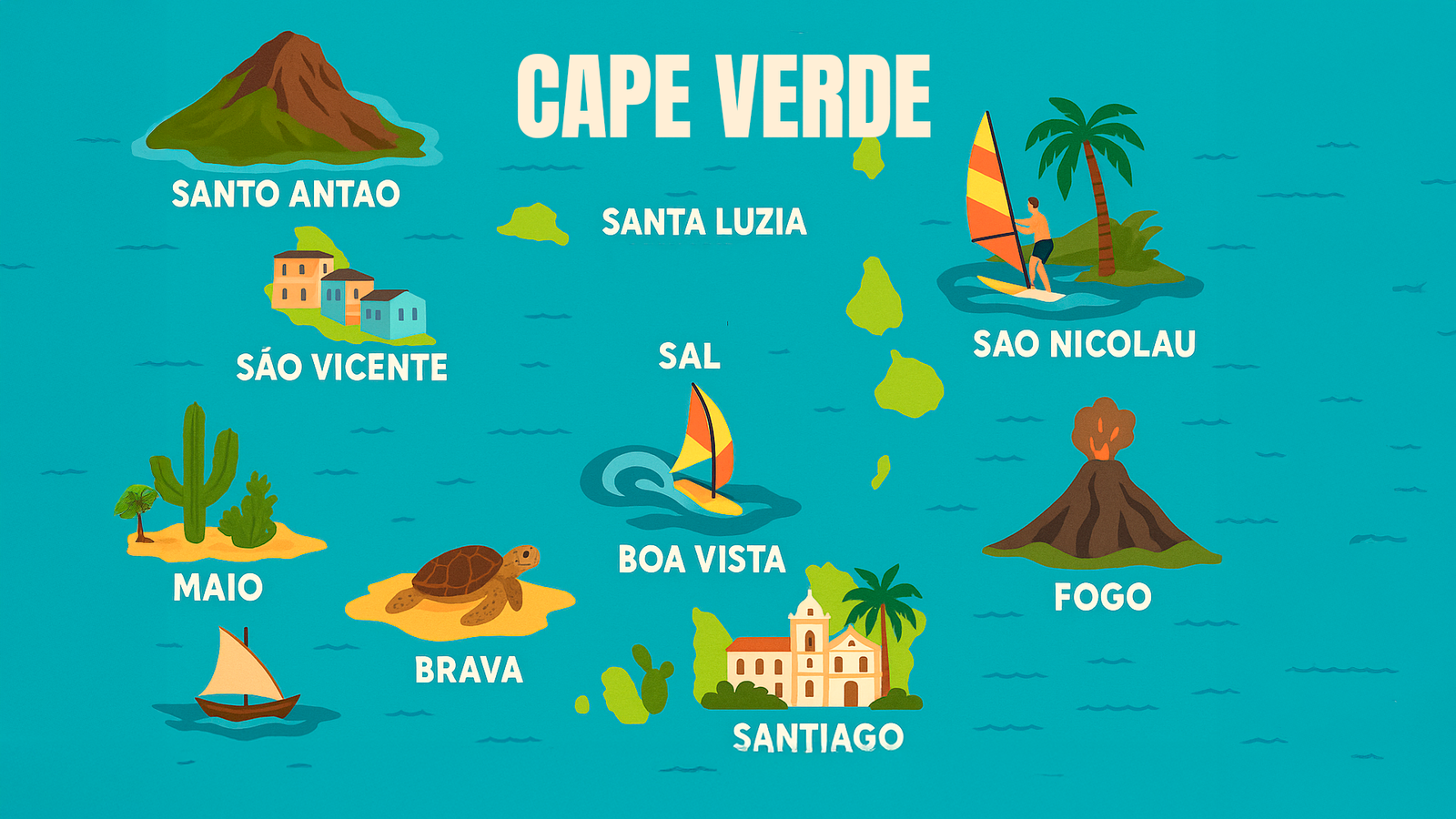What can you expect from Cape Verde
Cape Verde, or Cabo Verde, is a stunning archipelago off the west coast of Africa, made up of ten volcanic islands that offer a unique mix of African, Portuguese, and Brazilian influences. Expect dramatic landscapes, from rugged mountains and arid plains to golden beaches and turquoise waters, as well as a laid-back vibe that’s contagious from the moment you arrive. Music and dance are part of everyday life here, especially morna and coladeira rhythms that fill the air in local cafés and town squares.
Whether you’re into hiking through volcanic craters on Fogo, surfing the waves in Sal, or wandering through colonial streets in Mindelo, Cape Verde is a relaxed yet adventurous trip. The weather is warm year-round, the locals are friendly and welcoming, and the islands are still relatively under the radar.








